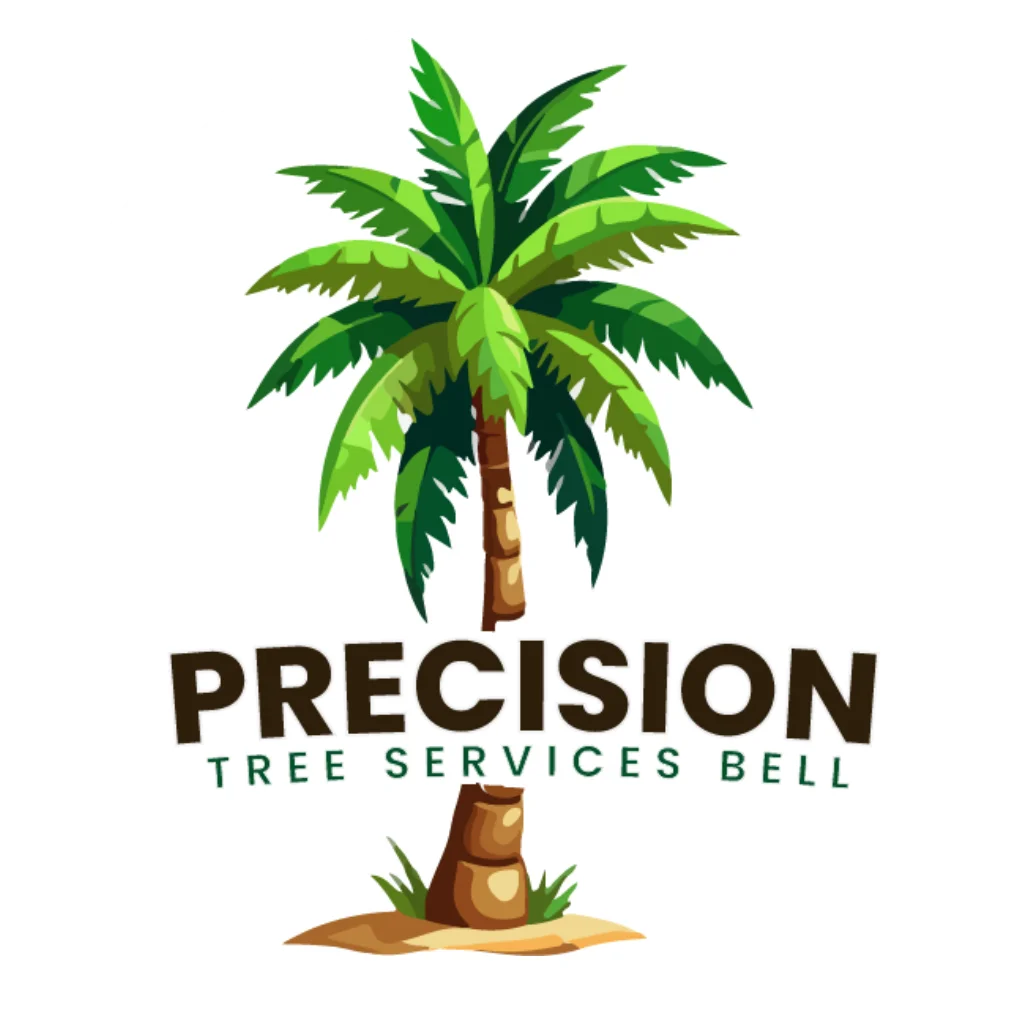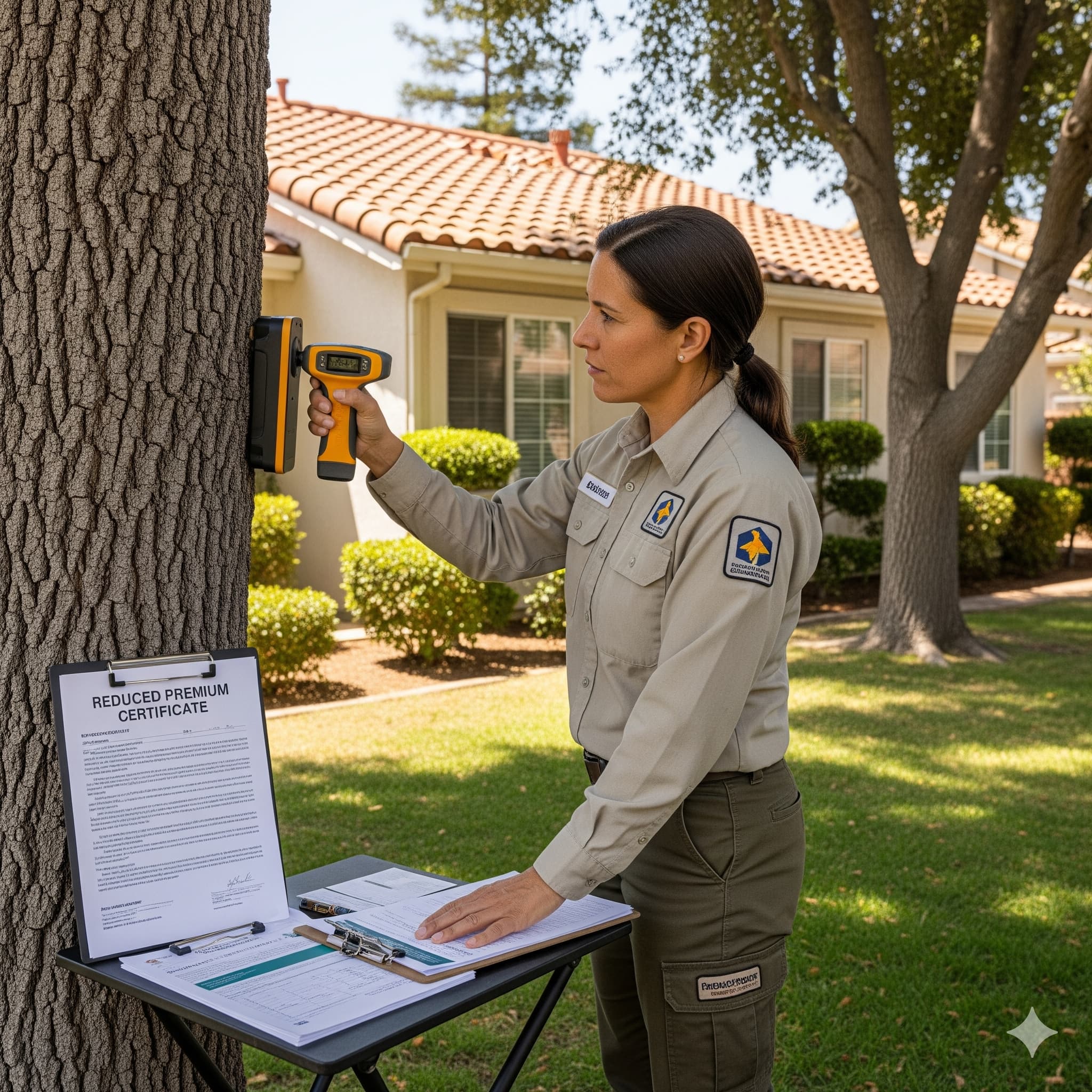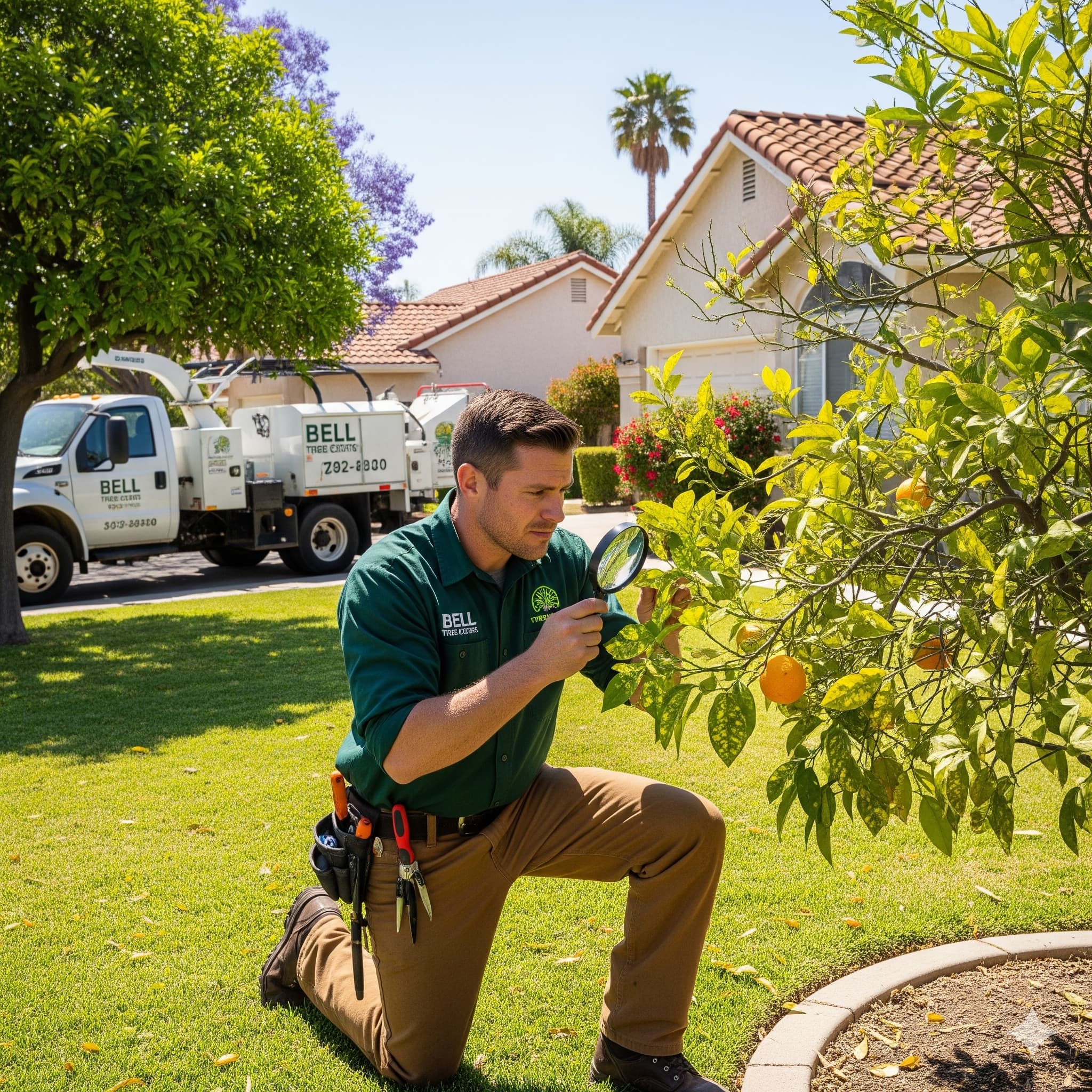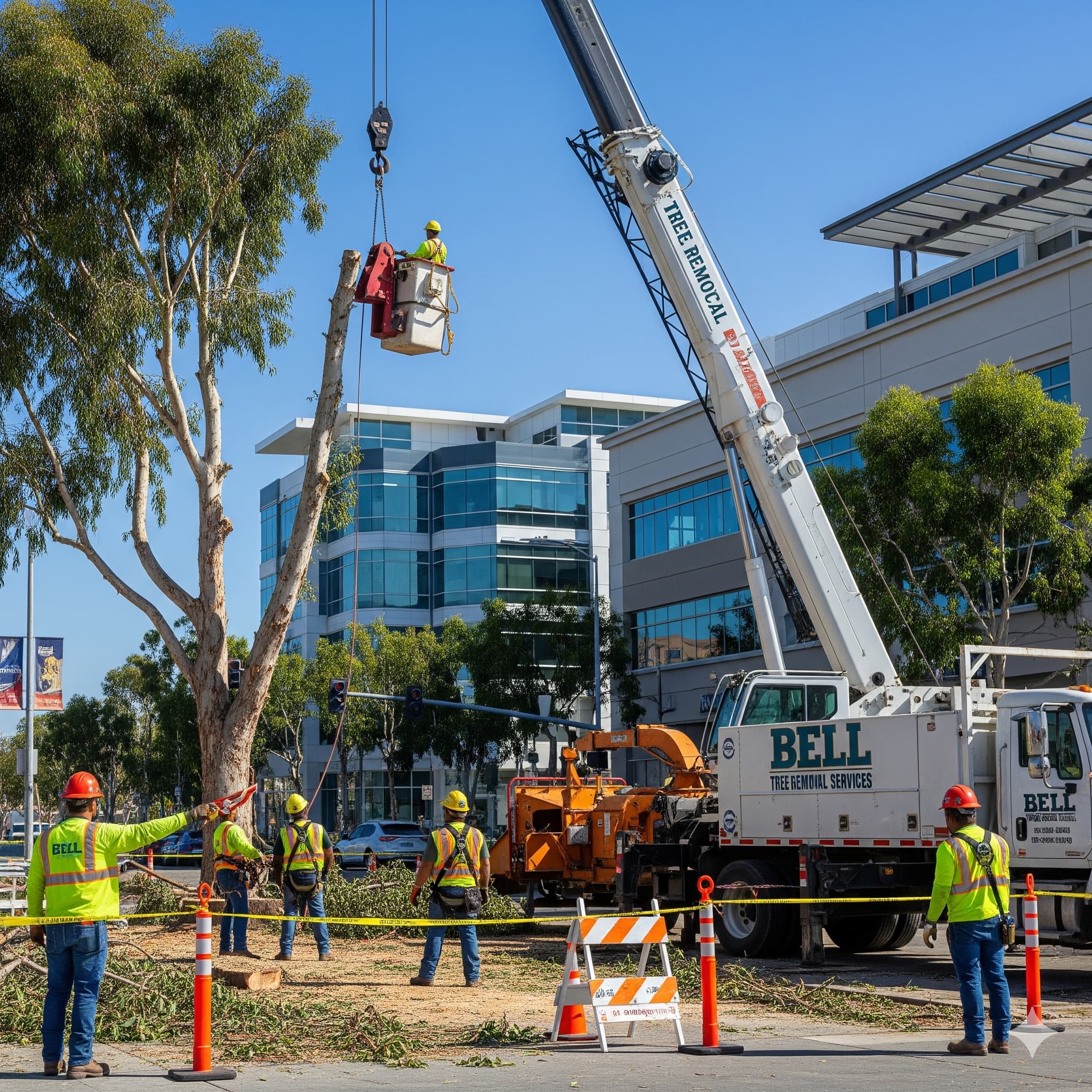
Choosing Tree Trimming in Bell: How Often Is Ideal?
Determining the ideal frequency for tree trimming in Bell, California requires understanding both the unique characteristics of Southern California’s climate and the specific needs of your trees. With year-round growing conditions and diverse urban tree species, Bell residents face different maintenance requirements than those in seasonal climates. This comprehensive guide helps property owners make informed decisions about tree trimming schedules that promote healthy growth while ensuring safety and aesthetic appeal.
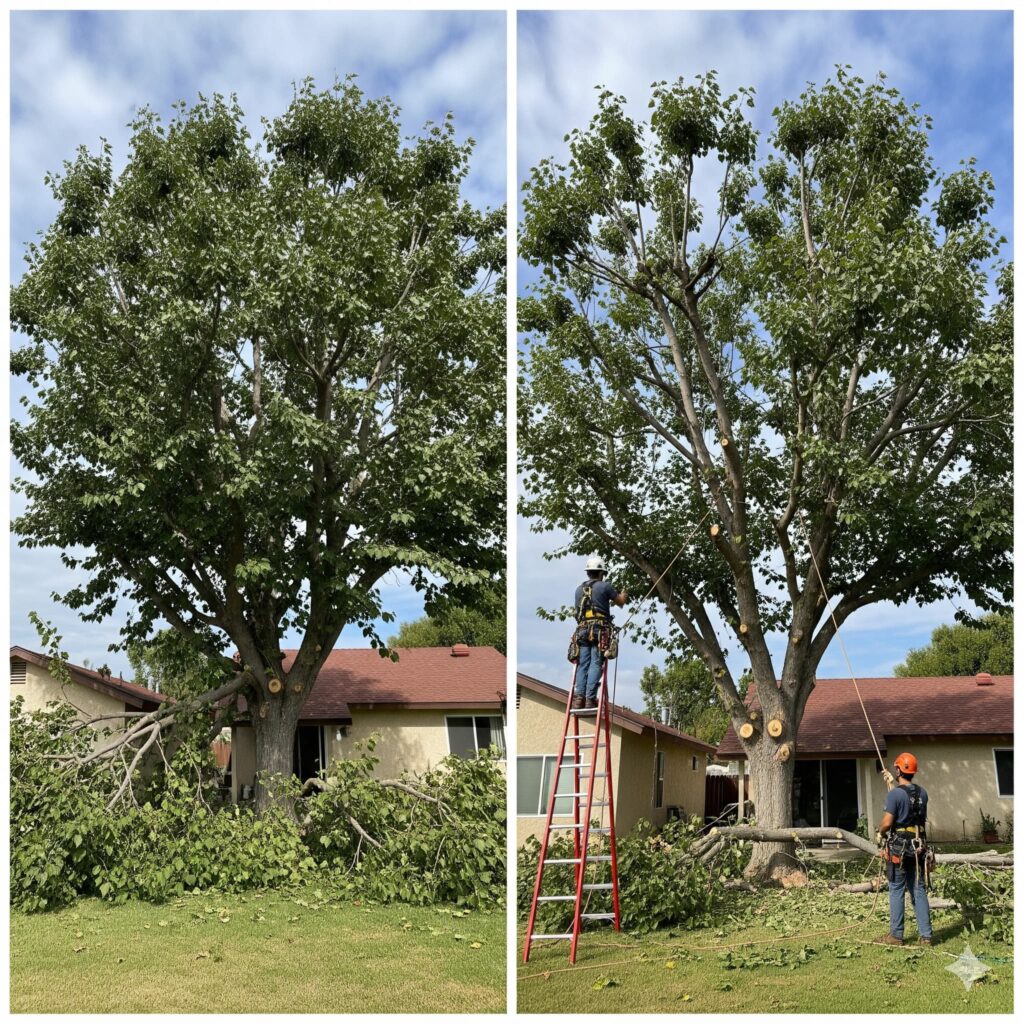
Understanding Bell’s Urban Forest Dynamics
The urban forest in Bell shares characteristics with the broader Los Angeles region, which maintains nearly 700,000 street trees and represents one of the world’s most diverse municipal tree populations. This diversity means that optimal trimming frequencies vary significantly based on species, age, and growing conditions.
American Sweet Gum (Liquidambar styraciflua) ranks as the most common street tree throughout Southern California, representing approximately 8.6% of all street trees. These deciduous trees typically require pruning every 3-5 years for structural maintenance and every 2-3 years for aesthetic purposes.
Mexican Fan Palms (Washingtonia robusta), the only native California palm species commonly used as street trees, require different maintenance approaches. These palms need annual frond removal, but should never receive traditional pruning techniques applied to broadleaf trees.
The Los Angeles Urban Forestry Division operates on approximately a 15-year pruning cycle for public trees, though this extended timeframe often proves inadequate for optimal tree health and safety. Private property owners can achieve better results with more frequent, targeted maintenance.
Species-Specific Trimming Schedules
Different tree species in Bell require varying maintenance frequencies based on their growth rates, structural characteristics, and health needs. Understanding these requirements helps property owners develop appropriate care schedules.
Fast-growing species such as eucalyptus, liquidambar, and certain palm varieties may require annual attention for safety and appearance. These trees often develop rapidly growing shoots or fronds that can create hazards if left unmanaged.
Moderate-growth trees, including many oak species, sycamores, and fruit trees, typically benefit from trimming every 2-3 years. This frequency allows for structural maintenance while preserving the tree’s natural growth patterns.
Slow-growing species such as native California oaks, certain conifers, and mature specimen trees may only require trimming every 3-5 years unless specific issues develop. These trees often maintain better structure naturally and can be harmed by excessive pruning.
Age-Based Maintenance Considerations
Tree age significantly influences optimal trimming frequency, with younger trees requiring more frequent intervention to develop proper structure, while mature trees need less frequent but more specialized care.
Newly planted trees (1-3 years) typically need annual structural pruning to establish strong branch architecture and central leader development. This formative pruning proves crucial for long-term tree health and reduces future maintenance costs.
Young trees (4-10 years) benefit from trimming every 2-3 years to continue structural development and remove competing leaders or poorly attached branches. This period represents a critical window for establishing proper tree form.
Mature trees (10+ years) generally require trimming every 3-5 years unless specific issues arise. These trees have established their basic structure and mainly need maintenance pruning to remove dead wood, reduce hazards, and maintain health.
Over-mature trees may require more frequent assessment and specialized care from certified arborists who can determine appropriate intervention levels for aging specimens.
Seasonal Timing in Bell’s Climate
Southern California’s year-round growing season provides flexibility for tree trimming that doesn’t exist in regions with distinct dormant periods. However, optimal timing still depends on species characteristics and local conditions.
Winter months (December through February) remain the preferred time for most deciduous tree pruning in Bell. During this period, trees experience slower growth rates, and wound healing occurs more efficiently as spring growth begins.
Spring pruning (March through May) works well for certain species, but you should avoid the peak nesting season for birds. California Department of Fish and Wildlife recommends avoiding tree work from February through August to protect nesting birds, though emergency safety work takes precedence.
Summer pruning (June through August) can benefit certain species by controlling vigorous growth and providing better visibility of the tree structure. However, summer pruning should be limited to avoid heat stress during Bell’s warmest months.
Fall pruning (September through November) offers good conditions for most tree species, though some authorities recommend avoiding this period due to potential fungal disease transmission during wetter months.
Professional vs. Property Owner Maintenance
Deciding between professional tree services and property owner maintenance depends on tree size, complexity, and safety considerations. Bell residents should understand when professional expertise becomes essential.
Professional arborists provide expertise in species identification, proper pruning techniques, and safety protocols that most property owners lack. They also carry insurance coverage and understand local regulations regarding protected tree species and permit requirements.
Certified arborists can identify potential problems early, recommend appropriate treatment strategies, and perform complex procedures safely. They also stay current with industry standards and best practices that evolve over time.
Property owners can safely perform limited maintenance on small trees, including removal of suckers, water sprouts, and small dead branches. However, any work requiring ladders, power tools, or affecting tree structure should involve professional services.
Los Angeles County regulations protect certain native tree species, including Coast Live Oak, Southern California Black Walnut, Western Sycamore, and California Ba,y when they reach specific size thresholds. Working on protected trees requires permits and professional oversight.
Signs Indicating Immediate Trimming Needs
Regardless of planned maintenance schedules, certain conditions require immediate attention to ensure safety and tree health. Bell residents should recognize these warning signs and respond promptly.
Dead, dying, or broken branches create immediate safety hazards, particularly during Santa Ana wind events common in Southern California. These branches can fall without warning and cause property damage or personal injury.
Branches interfering with power lines require immediate professional attention due to fire risks and electrical hazards. Southern California Edison maintains specific clearance requirements and has the authority to trim trees near power lines.
Branches obstructing traffic signs, streetlights, or sidewalk access create safety and legal issues that require prompt correction. Bell’s dense urban environment makes these conflicts common as trees mature.
Signs of disease or pest infestation, including unusual leaf discoloration, fungal growth, or insect activity, may require immediate intervention to prevent spread to other trees or protect human health.
Environmental Factors Affecting Frequency
Bell’s urban environment presents unique stresses that influence tree health and maintenance requirements. Understanding these factors helps property owners adjust their trimming schedules appropriately.
Air pollution in the Los Angeles Basin can stress trees and may require more frequent maintenance to remove damaged foliage and promote healthy growth. Trees near major roadways often show increased stress symptoms.
Limited root space in urban settings can affect tree stability and health, potentially requiring more frequent canopy management to balance trees with restricted root systems.
Drought conditions, common in Southern California, can stress trees and make them more susceptible to disease and pest problems. Proper pruning can help trees conserve water and maintain health during dry periods.
Heat island effects in urban areas can create microclimates that stress trees differently than in natural settings. Trees in heavily paved areas may require different maintenance approaches than those with adequate soil exposure.
Economic Considerations and Budget Planning
Developing an appropriate tree trimming schedule requires balancing tree health needs with budget constraints. Understanding the economics of tree maintenance helps property owners make informed decisions.
Regular maintenance typically costs less than emergency interventions or tree replacement. Establishing predictable maintenance schedules allows for budget planning and can prevent costly surprise expenses.
Young tree care investments provide long-term returns through reduced future maintenance costs and improved tree longevity. Proper early care can prevent structural problems that require expensive corrective work later.
Group scheduling with neighbors or hiring services for multiple trees simultaneously often reduces per-tree costs. Many tree services offer discounts for larger projects or regular maintenance contracts.
Comparing costs of professional services versus potential liability for DIY accidents helps justify professional tree care expenses. Property owners should consider insurance implications and safety risks when making maintenance decisions.
Regulatory Compliance and Permits
Bell residents must understand local regulations affecting tree trimming to ensure compliance and avoid penalties. Los Angeles County and the City of Bell regulations may apply depending on tree species and location.
Protected tree species require permits for significant trimming or removal work. Property owners should verify whether their trees fall under protection ordinances before scheduling major maintenance.
Street trees, even those on private property, may fall under city jurisdiction and require permits or professional certification for maintenance work. Contact Bell’s Community Development Department for specific requirements.
HOA regulations in some Bell neighborhoods may restrict tree trimming timing or require approval for significant work. Review community guidelines before scheduling tree maintenance.
Building permit requirements may apply when tree work is part of larger property improvement projects. Coordinate with local authorities to ensure compliance with all applicable regulations.
Technology and Modern Tree Care
Modern tree care incorporates technology and scientific advances that can improve maintenance outcomes and efficiency for Bell residents. Understanding these developments helps property owners make informed decisions.
Tree health monitoring using digital tools can help identify optimal trimming timing and track tree responses to maintenance. Some professional services offer digital reporting and monitoring systems.
GPS mapping and digital inventory systems help track individual tree maintenance history and scheduling. This information proves valuable for property managers maintaining multiple trees.
Advanced pruning techniques based on current arboriculture research can improve tree health outcomes and reduce maintenance frequency. Professional services stay current with these developments.
Integrated pest management approaches combine proper pruning with targeted treatments to address health issues more effectively than traditional methods.
Climate Change and Future Considerations
Changing climate conditions may affect optimal tree trimming schedules in Bell over time. Property owners should consider these long-term trends when developing maintenance strategies.
Increasing temperatures and changing precipitation patterns may alter tree growth rates and stress levels, potentially requiring adjusted maintenance schedules.
More frequent extreme weather events could increase the importance of structural pruning to prevent storm damage and ensure public safety.
Shifting pest and disease pressures associated with climate change may require modified maintenance approaches and timing to protect tree health.
Water conservation requirements may influence tree species selection and maintenance practices, favoring drought-tolerant species and water-efficient care techniques.
Community Benefits and Urban Forest Health
Individual tree maintenance decisions contribute to Bell’s overall urban forest health and community benefits. Understanding these connections helps motivate proper tree care practices.
Well-maintained trees provide maximum environmental benefits, including air quality improvement, carbon sequestration, and urban heat reduction. Proper trimming maintains these ecosystem services.
Aesthetic improvements from regular tree maintenance enhance property values and neighborhood appeal. Coordinated maintenance efforts can improve the entire street or neighborhood appearance.
Safety benefits from proper tree maintenance protect both individual property owners and the broader community from hazards associated with poorly maintained trees.
Educational opportunities arise when property owners learn about proper tree care and share knowledge with neighbors, improving community-wide tree care practices.
Working with Professional Services
Selecting and working effectively with professional tree services ensures optimal outcomes for Bell residents’ tree maintenance needs. Understanding this process helps property owners make informed choices.
Certification verification through the International Society of Arboriculture ensures professional competence and adherence to industry standards. Request proof of certification before hiring tree services.
Insurance and licensing verification protect property owners from liability and ensure professional accountability. Never hire uninsured or unlicensed tree services, regardless of cost savings.
Multiple estimates help property owners understand market rates and service options. Compare not just prices but also service scope, timing, and professional qualifications.
Communication about maintenance schedules, goals, and expectations ensures alignment between property owners and service providers. Clear agreements prevent misunderstandings and improve outcomes.
Conclusion: Developing Your Bell Tree Care Strategy
Optimal tree trimming frequency in Bell depends on multiple factors, including species, age, location, and individual tree conditions. Most residential trees benefit from professional assessment every 2-3 years, with maintenance performed as needed based on that assessment. For property owners searching for tree trimming near me, local certified arborists provide tailored solutions that keep trees healthy and safe year-round.
Property owners should prioritize safety, tree health, and regulatory compliance when developing maintenance schedules. Regular professional consultation provides the expertise needed for optimal tree care decisions.
The investment in proper tree maintenance pays dividends through improved property values, enhanced safety, environmental benefits, and long-term tree health. Bell’s year-round growing season provides flexibility for maintenance timing while requiring attention to species-specific needs.
Contact Precision Tree Services Bell for a professional assessment of your trees’ maintenance needs. Our certified arborists can develop customized care schedules that ensure your trees thrive in Bell’s unique urban environment while providing maximum benefits to your property and community.
